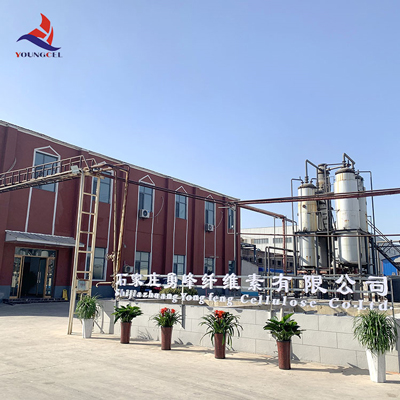The Science and Art of Building Adhesives A Comprehensive Overview
Building adhesives play a crucial role in modern construction and manufacturing, serving as the unsung heroes that bind materials together. From everyday household projects to large-scale industrial applications, adhesives are essential for enhancing structural integrity, optimizing performance, and improving aesthetics in various building materials. This article provides an in-depth look at building adhesives, including their types, applications, and the science behind their functionality.
Understanding Building Adhesives
Building adhesives are materials used to bond two or more surfaces together. They can be classified into several categories based on their chemical composition, curing mechanism, and properties. The main types of building adhesives include
1. Polyurethane Adhesives Known for their versatility and strength, polyurethane adhesives can bond a wide variety of materials, including wood, metal, glass, and plastics. They are moisture-resistant and provide excellent elasticity, making them ideal for applications where movement is expected.
2. Epoxy Adhesives These adhesives consist of two components a resin and a hardener. When mixed, they form a strong, durable bond resistant to chemicals and temperature extremes. Epoxies are commonly used in structural applications and can adhere to difficult substrates.
3. Acrylic Adhesives These adhesives are known for their fast curing time and strong bonding capabilities, especially on plastics and metals. Acrylic adhesives maintain their performance in extreme temperatures and are often used in automotive and construction applications.
4. Cement-Based Adhesives Typically used for tiling and flooring, cement-based adhesives are formulated with binders that provide flexibility and strong adhesion to various surfaces. They are essential in creating durable and stable installations in both residential and commercial environments.
5. Silicone Adhesives Renowned for their flexibility and water resistance, silicone adhesives are often used in glazing, sealing, and bonding applications. Their ability to withstand temperature fluctuations makes them suitable for outdoor use.
Applications of Building Adhesives
The applications of building adhesives are extensive, spanning various sectors of construction and manufacturing. Some common applications include
- Woodworking Adhesives are frequently used in cabinetry, furniture making, and structural framing. They offer advantages over mechanical fastening methods by providing even distribution of stresses across bonded surfaces.
building adhesive

- Flooring Installation Adhesives are vital for bonding tiles, carpets, and engineered wood floors to subfloor surfaces, ensuring durability and a seamless finish.
- Roofing and Waterproofing Certain adhesives are specially formulated to provide waterproof seals for roofing materials, preventing leaks and prolonging the life of structures.
- Automotive and Transport Building adhesives create strong, lightweight bonds in vehicle manufacturing, enhancing fuel efficiency and safety
.- Construction and Renovation Adhesives are essential in both commercial and residential construction for tasks like bonding drywall, insulation, and other building materials.
The Science Behind Adhesives
The effectiveness of a building adhesive depends on several factors, including surface preparation, the nature of the materials being bonded, and the environmental conditions during application. The mechanism of adhesion can be understood through several principles
- Mechanical Interlocking Many adhesives bond materials by penetrating microscopic surface irregularities, creating a mechanical bond that enhances adhesion strength.
- Chemical Bonding Some adhesives form strong chemical bonds with the surfaces they adhere to, providing high adhesion strength. This is particularly evident in epoxy and polyurethane adhesives.
- Cohesive Strength The internal strength of the adhesive itself plays a role in overall bond performance. High cohesive strength means that the adhesive will hold up under stress and not fail prematurely.
Conclusion
Building adhesives are an integral component of modern construction and manufacturing processes. Understanding their types, applications, and the science behind their functionality equips builders, manufacturers, and DIY enthusiasts with the knowledge to select the right adhesive for their projects. As technology advances, the development of new adhesives continues, paving the way for enhanced performance and new applications. From creating durable structures to enabling innovative designs, building adhesives significantly contribute to the evolution of construction and manufacturing practices worldwide.
-
Rdp Powder: Key Considerations for Wholesalers in the Building Materials IndustryNewsJul.08,2025
-
Key Considerations for Wholesalers: Navigating the World of Hpmc - Based ProductsNewsJul.08,2025
-
Hpmc Detergent: Key Considerations for WholesalersNewsJul.08,2025
-
Key Considerations for Wholesalers: China Hpmc For Tile Adhesive, Coating Additives, Concrete Additives, and MoreNewsJul.08,2025
-
Crucial Considerations for Wholesalers: Navigating the World of Construction MaterialsNewsJul.08,2025
-
Key Considerations for Wholesalers Sourcing Additive For Cement, Additive For Concrete, Additive For Putty from Additive Manufacturer Shijiazhuang Gaocheng District Yongfeng Cellulose Co., Ltd.NewsJul.08,2025




